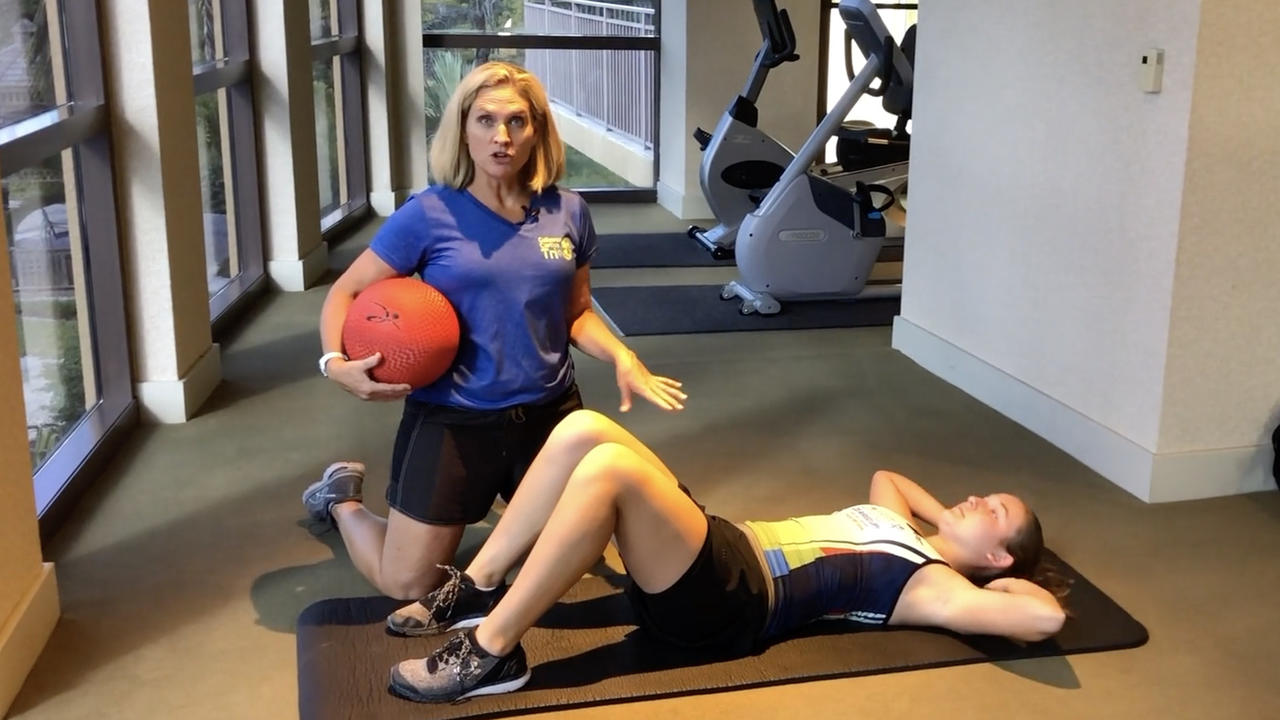Break Free of Shoulder and Back Pain: Easy Posture Pointers

Movement is the answer! Get out and enjoy nature! Photo Courtesy of Charly Caldwell II
Upper back and shoulder pain is a common ailment for many.
Office workers, delivery drivers, and anyone staring at a screen for hours at a time all know the tightness that comes from slouching.
While many people complain about their shoulder pain, one’s posture may in fact be the culprit.
When it comes to postural deviations, often the problem starts with tired muscles.
Holding any one position for too long, including “perfect” posture, will tire the muscles.
We naturally off-load tired muscles, distributing the load of the body through other structures, such as ligaments. This means that the body hangs off these other structures, rather than being held in position by muscles.
Slouching sets in, the back-bends forwards, the shoulders round and the muscles that hold these in place become stretched.
Pain from slouching doesn’t just come from that one source.
Take the shoulders, for example —
...Is your phone, tablet and laptop putting an ‘iHunch’ your posture?

There is no denying that we live in the ‘technological era’.
Consumers are constantly on the go, looking for new and improved ways to maximize time, energy and enjoyment. Whether this means streaming music, capturing that ‘award-winning’ picture, engaging in the latest Twitter debate, or texting friends/family, it’s all done on technological devices of one sort or another. In fact, most of you reading this article will own at least one technological device.
Take a second to add up the number of hours each day that you spend on your device. Is it one, two, five, or even ten?
That calculation isn’t of any real benefit for this discussion, but your posture is, and the awkward positions we find ourselves in while using these devices will not help.
I would like to introduce to you the term the ‘iHunch’.
iHunch is a term used to describe the common spinal problem at the level of the cervicothoracic junction (CT junction) causing neck pain/dysfunction and headaches.
It is most commonly assoc...
Managing Disc Injuries with Healthy Exercise

Sitting at my desk, researching this article, I come across so much information about disc (spine) injuries.
It seems that ‘Google’ is extremely good at defining what a disc herniation is, how it happens and when to go to a doctor, but not so good at providing helpful information regarding management of the injury.
Most of the websites veer towards recommendations of bed rest, NSAIDS (anti-inflammatory drugs) and cortisone injections, with a visit to your GP if pain persists.
In a nutshell, rest and drugs.
There are very few sites that encourage people to seek some hands-on treatment, and even fewer that provide any information about specific exercise programs for disc injuries.
Let’s change that by focusing on some preventative exercises you can add to any existing program.
However, if you currently have a disc injury, remember to always consult a health care professional (doctor or physical therapist) for diagnosis and advice prior to starting an exercise program.
First, practice...

